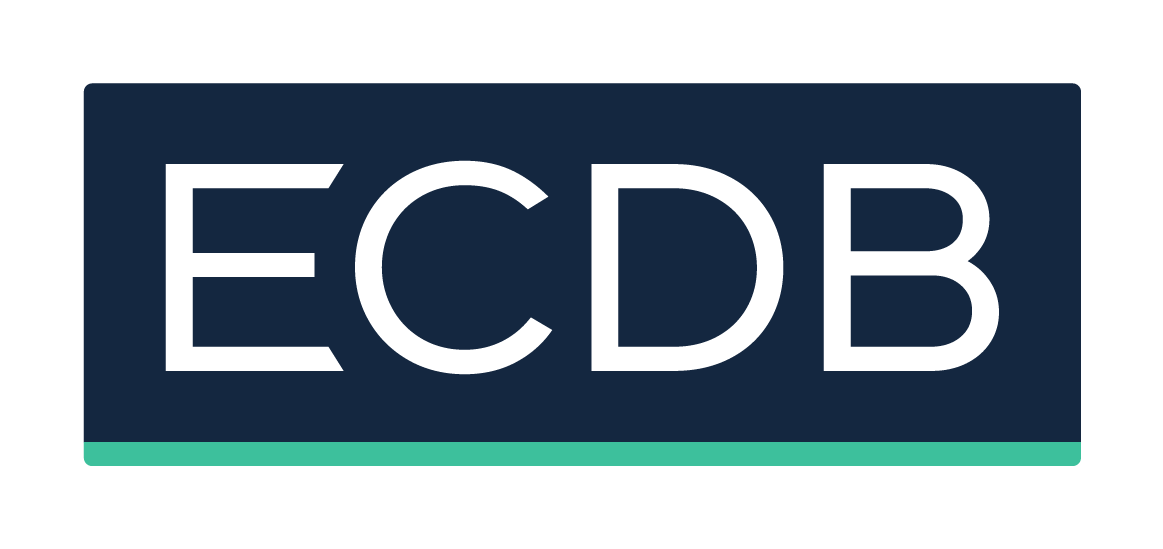
Littledata
Accurate Data and Attribution Models for eCommerce
Customers
Founded
Company Size
App Installs
App Reviews
Average Rating
What is {listing}?
Littledata is a data analytics platform that specializes in providing actionable insights and solutions for eCommerce businesses. The platform helps businesses optimize their performance, understand customer behavior, and maximize their marketing efforts. Littledata integrates with popular eCommerce platforms such as Shopify, Magento, and BigCommerce to collect and analyze data from various sources like Google Analytics, Facebook Ads, and more.
By aggregating and interpreting data from multiple channels, Littledata offers valuable insights into key metrics such as conversion rates, customer lifetime value, and marketing campaign effectiveness. These insights help businesses make informed decisions, improve customer engagement, and ultimately drive growth and profitability.
Littledata's focus on data accuracy, privacy, and security ensures that businesses can trust the insights generated by the platform to make strategic decisions and enhance their overall eCommerce performance.
What makes {listing} different than competitors?
Littledata is solving for problems that Shopify should care about, but isn't doing a good job at tracking. Things like Average Order Value and Lifetime Value, and especially things like revenue by channel source.
Littledata will help you solve problems you didn't even know you had by tracking just about everything, ensuring that your analytics aren't missing even the littlest things: be it the currency your customer used, whether or not they did a partial or full refund, used a coupon, or any number of other frequent occurrences that often fall through the cracks with other analytics setups. Littledata will ensure that your Google analytics provides accurate attribution for payments, regardless of it's a subscription payment, a one time purchase, or anything else.
Littledata helps track things instantly in Google Analytics. Examples include: scroll tracking on product pages, refunds are tracked and attributed appropriately, 3rd party checkouts are no longer misattributed, lifetime revenue and number of orders. They even track revenue by Refersion affiliate, Recart communication, and Recharge repeat purchase count.
Also, they have automated audits to help you understand what's working and what still needs a manual fix in your store, in order for improved tracking.
Benchmarks come from aggregated and anonymized data across 14,000 customers and there are very strict and specific rules on how they collect and handle this data.
What metrics is {listing} going to improve for my eCommerce store?
Ironically, while this tool helps you measure metrics better, it's tough to call "metric accuracy" a metric...
A couple of things you should see change when using Littledata:
You should see less conversions from direct, and more attributed to the right channels.
You should see repeat purchases and conversions being assigned to the right channels.
You should see your Google Analytics data looking almost identical to your Shopify data (which tends to be close to your raw revenue data), but then also having more data points than Shopify itself.
Who has to manage {listing} and how long does it take to setup?
Key team members such as data analysts, marketing managers, eCommerce managers, and business owners would use Littledata to gain valuable insights and make data-driven decisions to improve eCommerce performance.
Setting up Littledata is a relatively quick and straightforward process, regardless of the size of the eCommerce project. With easy integrations and user-friendly configurations, businesses can get up and running with Littledata efficiently, ensuring rapid access to actionable insights and data analytics solutions.
Is {listing} right for my store?
Littledata is great for eCommerce businesses of all sizes looking to optimize their performance and maximize their marketing efforts. It caters to businesses seeking data-driven insights to improve conversion rates, customer retention, and overall profitability.
However, Littledata may not be suitable for businesses that do not rely heavily on eCommerce or online sales channels. Companies with minimal online presence or those not looking to leverage data analytics for eCommerce optimization may not find Littledata as beneficial compared to businesses focused on online retail.
Sustainability status
Features
- Data Audit
- Impactful Third Party Integrations
- Expert Onboarding
{listing} Pricing
$79/Month
• Data Audit
• Industry Benchmarks
• Unlimited Connections
• One Store
$199/Month
- Priority Support
Contact Sales
• Account Management
• Custom Tracking
• Custom Reporting
• Unlimited Stores
We do our best to keep pricing information up to date, but please do check the software partner's own website for the most up to date pricing information.
{listing} Alternatives

Transforms marketing data into clear, actionable insights, empowering eCommerce leaders to drive smarter growth with complete, privacy-first analytics.

An AI-powered marketing insights, segmentation, and experimentation platform that helps eCommerce brands predictably acquire high-value customers and drive additional revenue without increasing ad spend.

A data‑analytics platform offering near real‑time insights and performance benchmarks across billions of global eCommerce transactions, including retailer, market, and category trends—empowering businesses with actionable intelligence and lead generation tools.

An AI-powered platform that automates the optimization of eCommerce product images, descriptions and metadata to boost search visibility and conversions.

An AI-powered platform that delivers high-accuracy competitor price and product intelligence—through price scraping, product matching, MAP monitoring—to help retailers and eCommerce brands optimize margins and pricing strategies.

Capalyze is the only AI that lets you capture web data across platforms, run sentiment analysis, and automate it all — through natural language.







